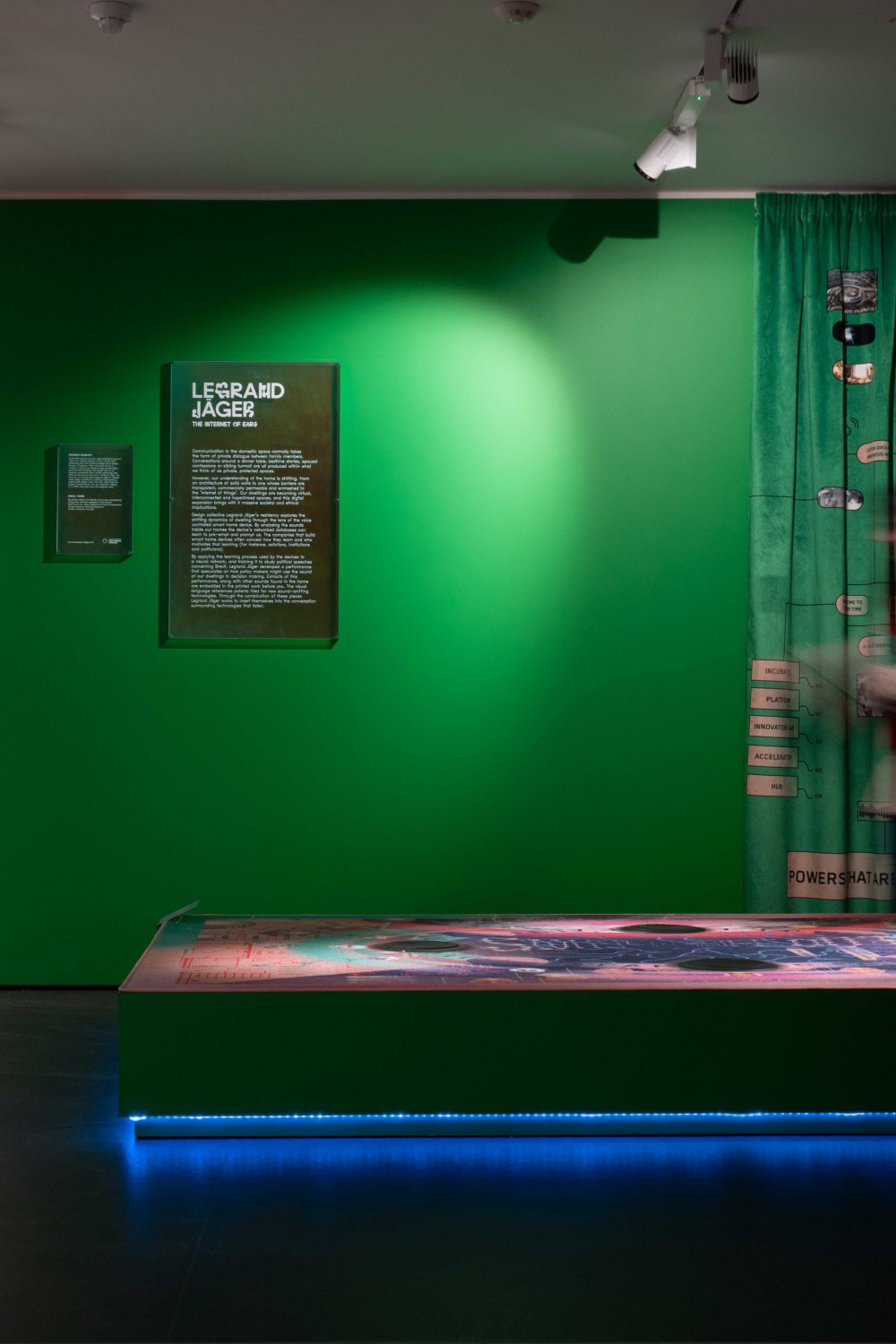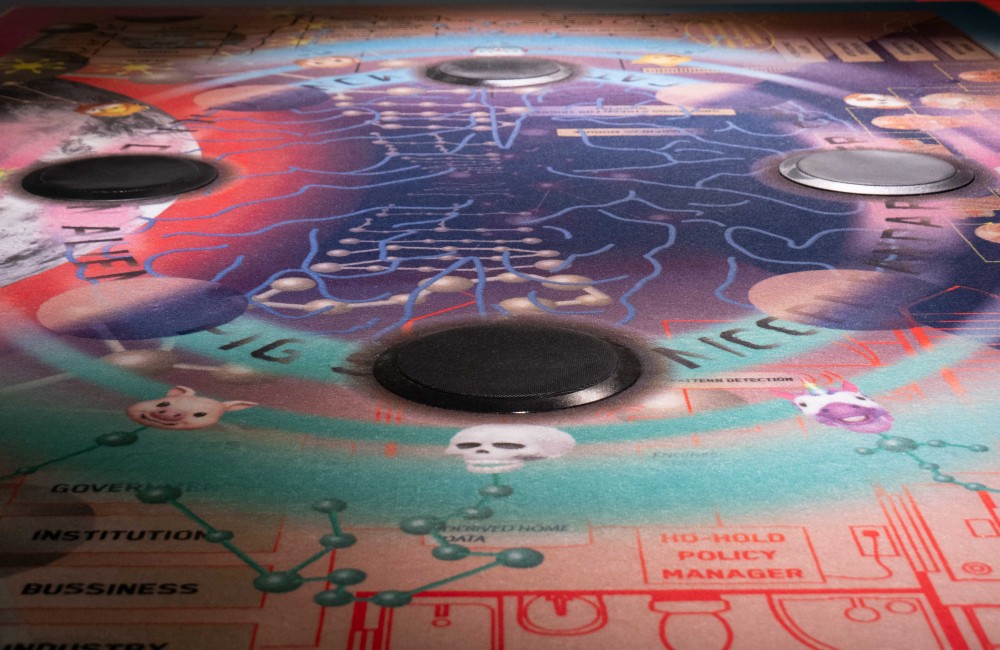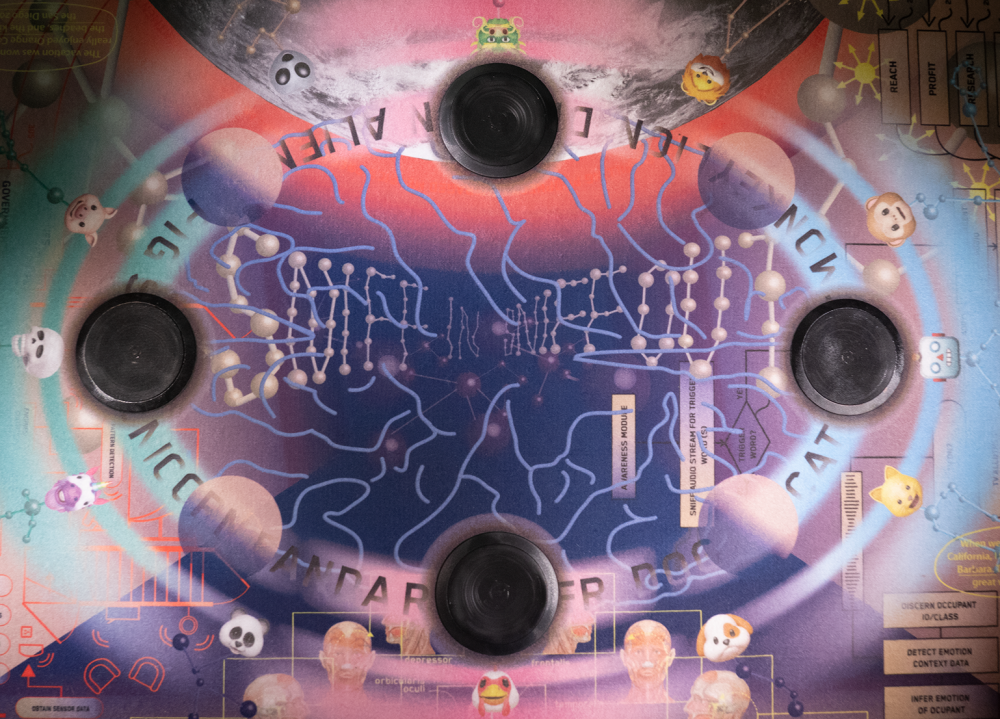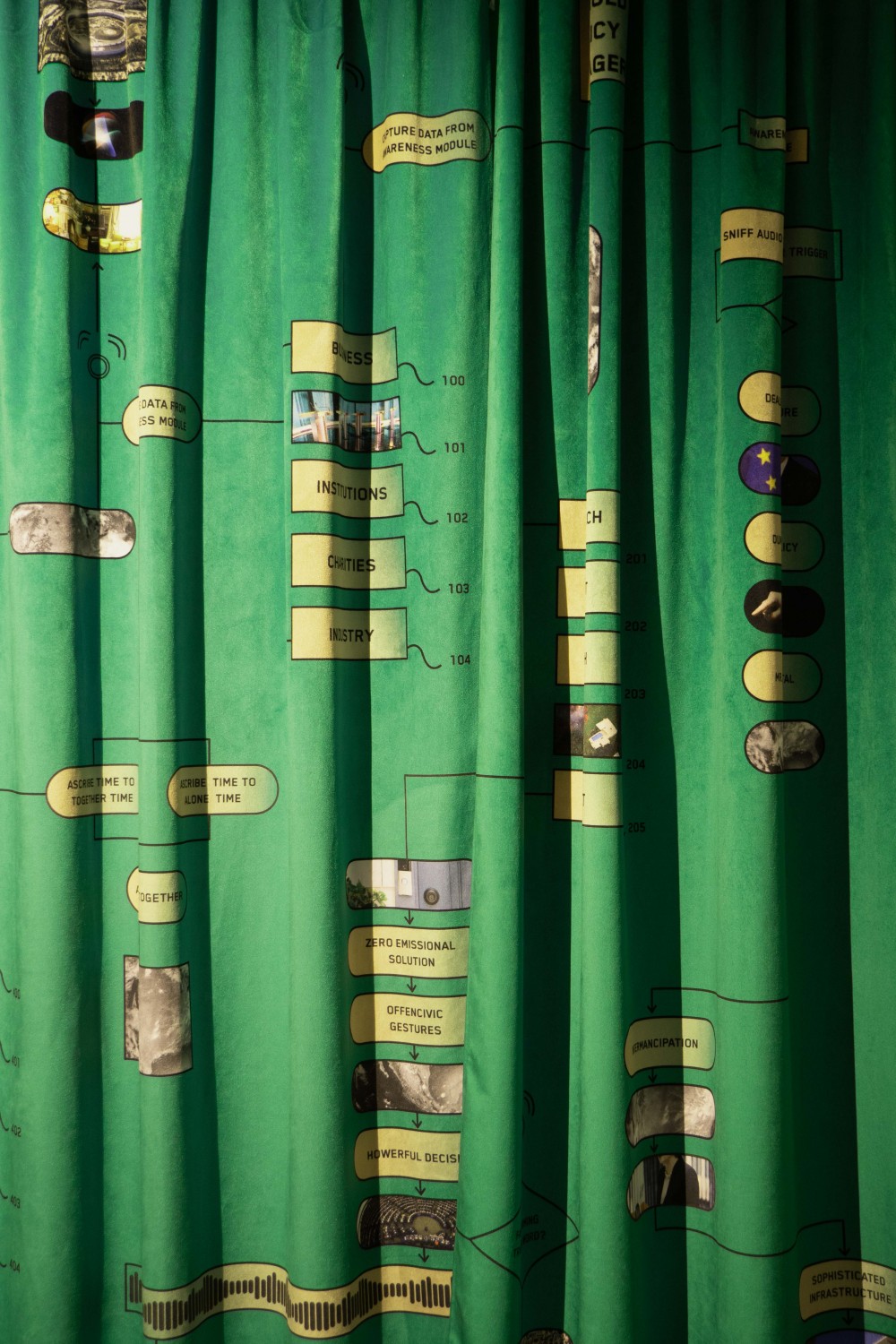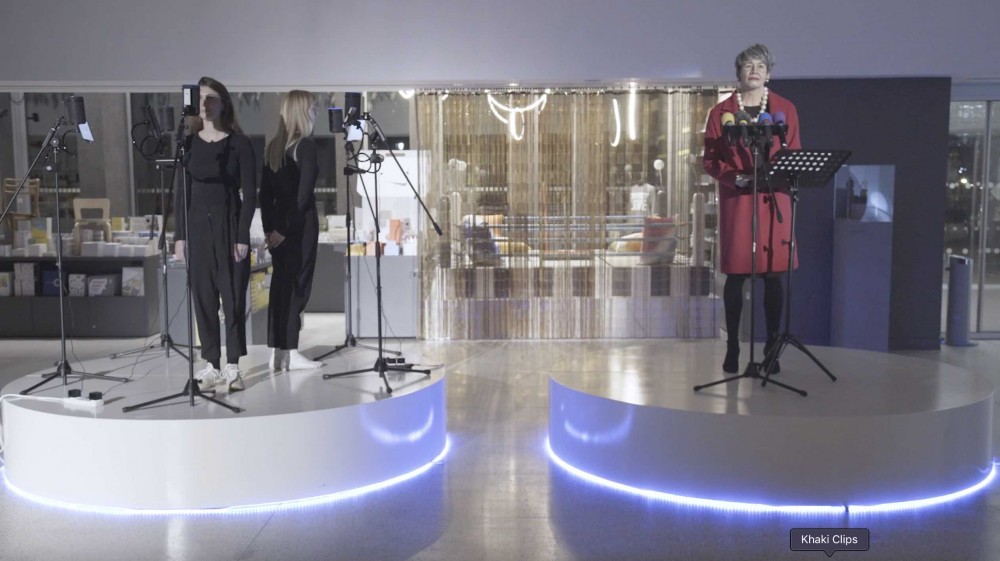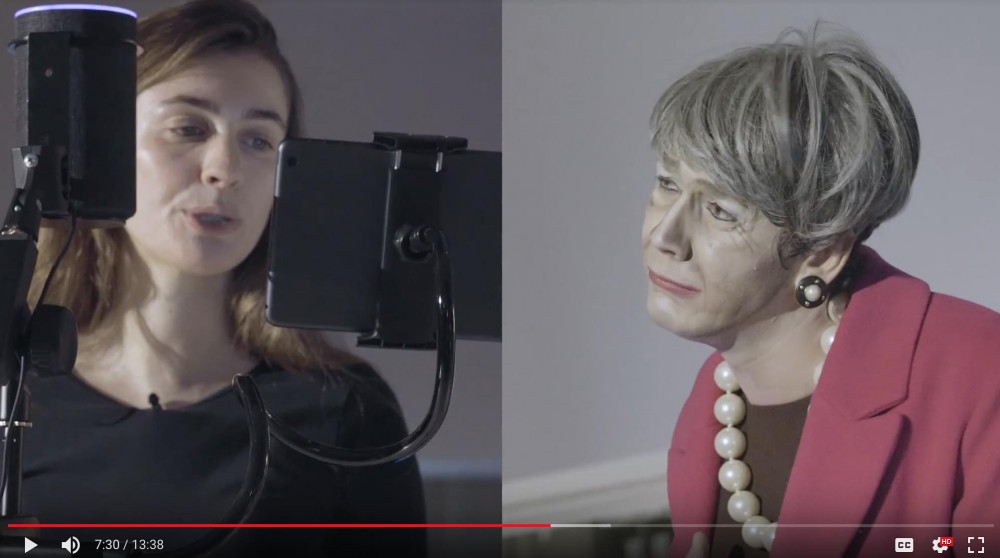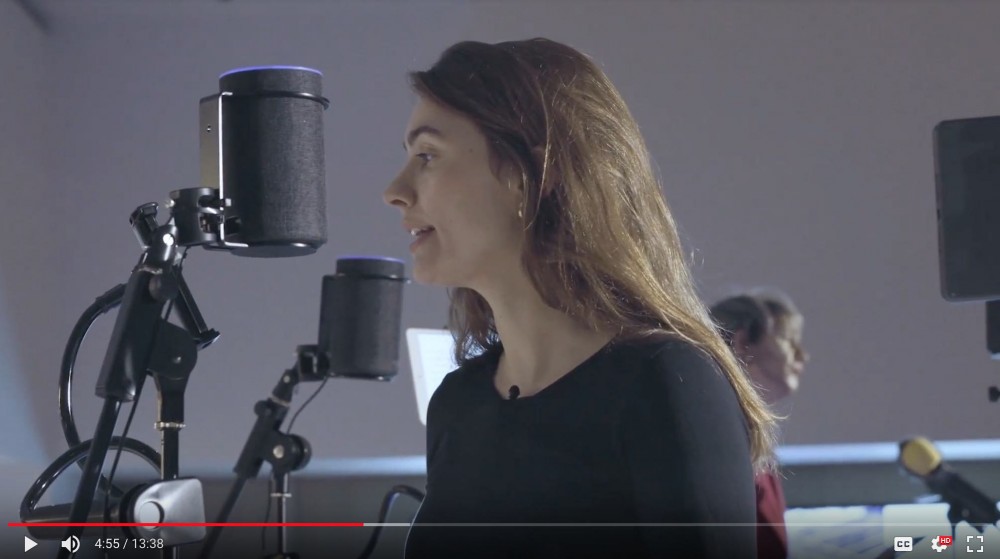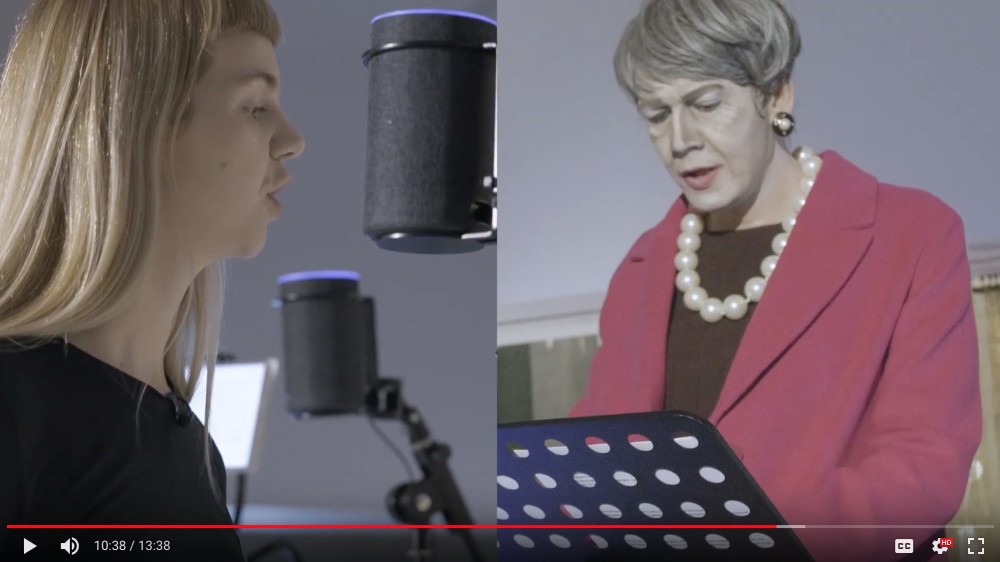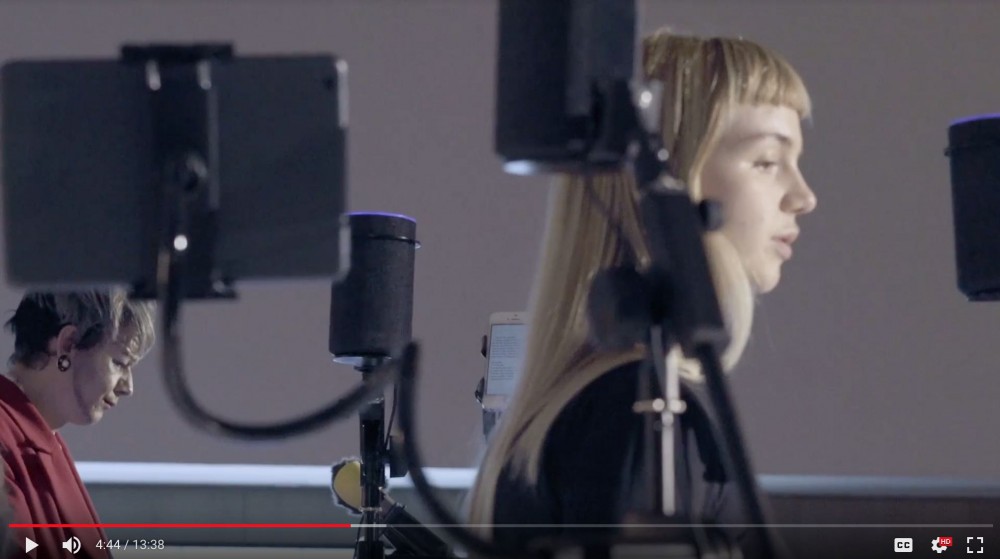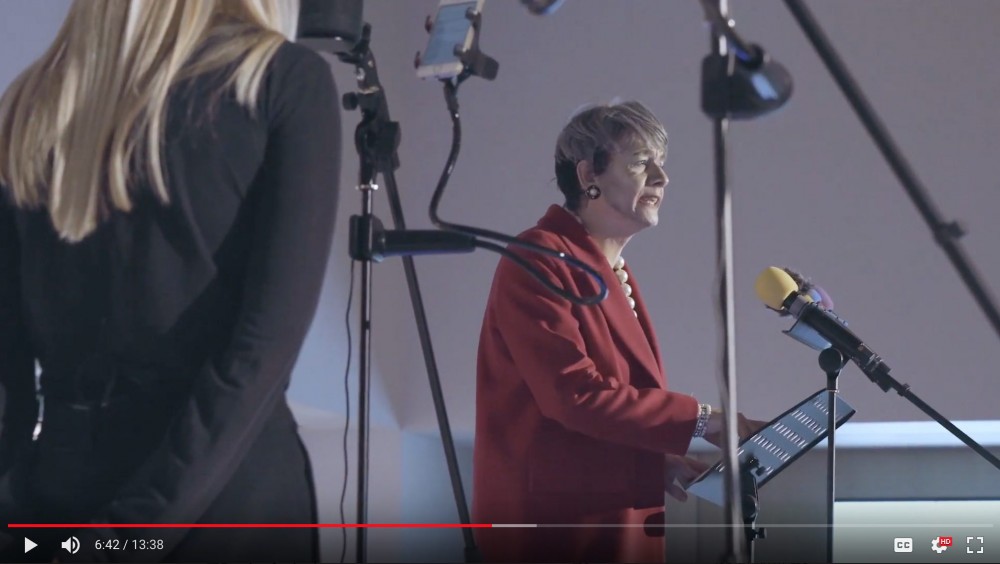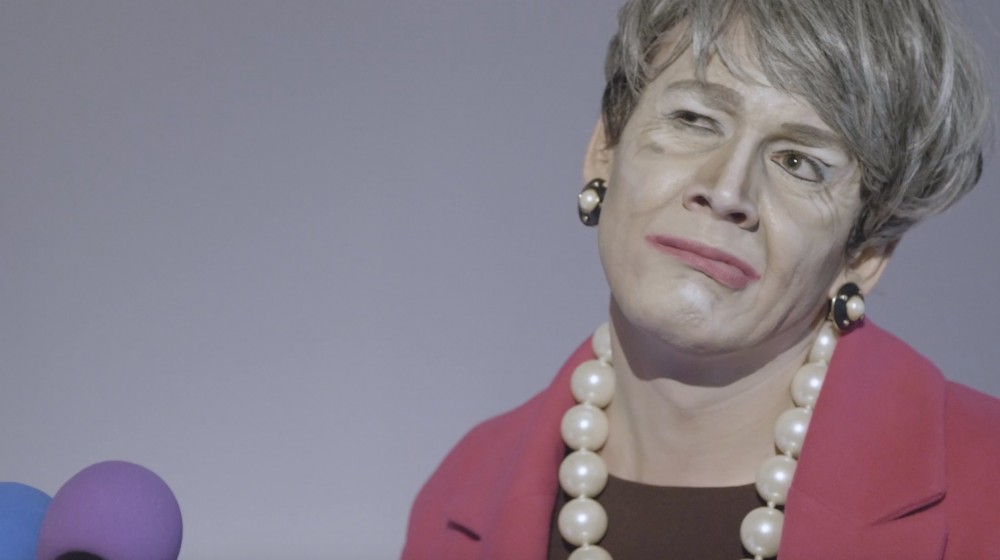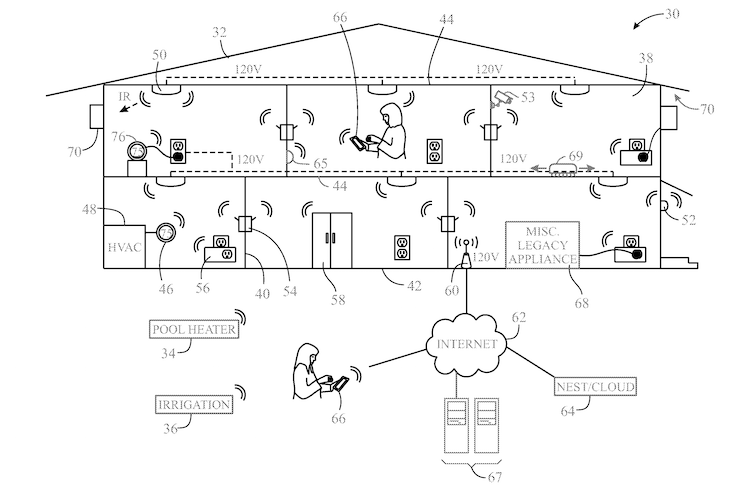
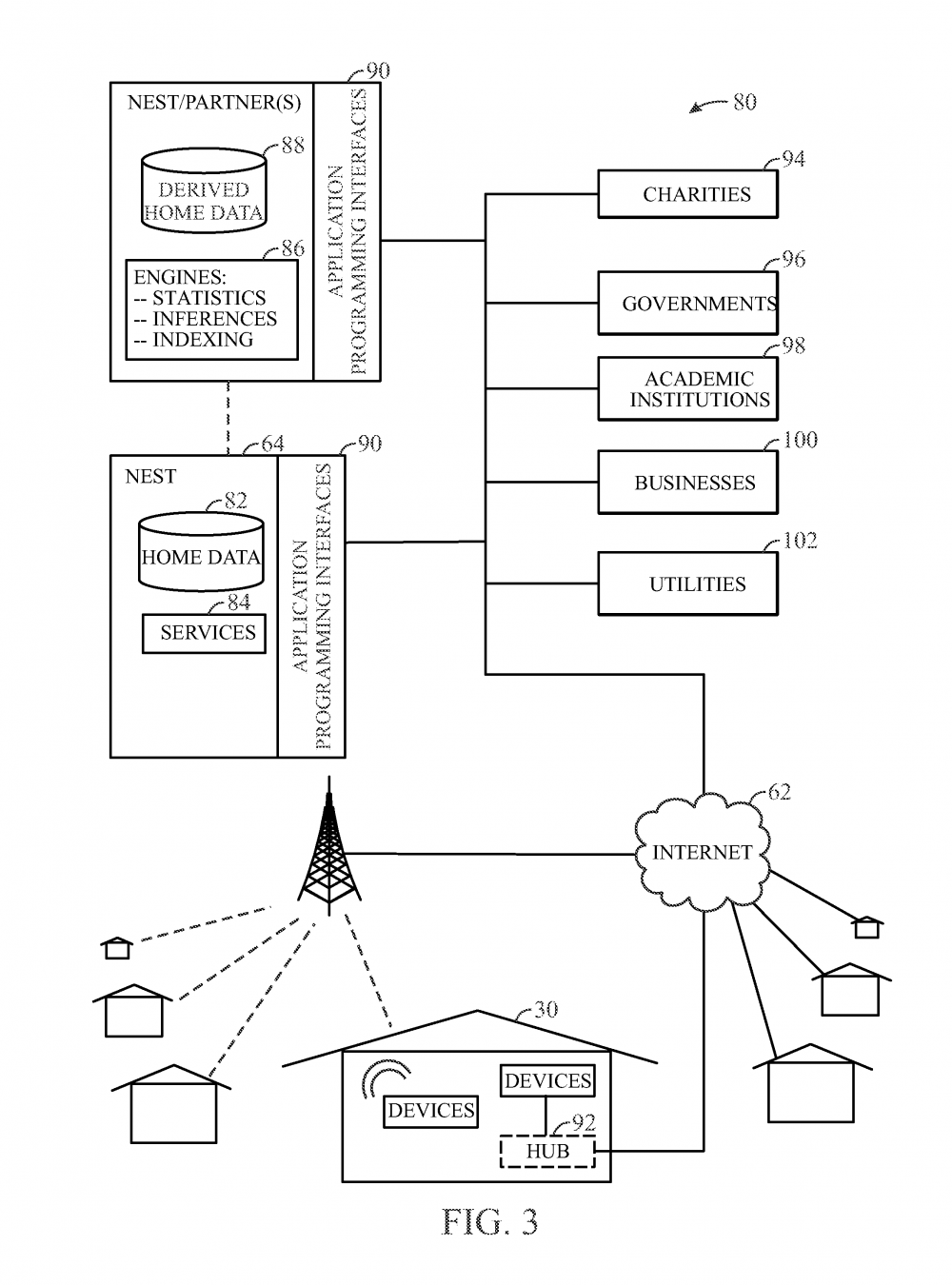
Communication within the domestic space has long been associated with intimate and private dialogue between members of the family. The sounds of conversations around a dinner table, bedtime stories, spousal confessions, sibling turmoil etc. are produced in the four walls that surround the many kinds of spaces we designate and imagine as our home. These are private, personal and deeply guarded spaces.
But now, our understanding of a home is shifting, moving from a physical architecture bound between four walls to one whose barriers are transparent, commercially permeable and enmeshed in the ‘internet of things’. Our dwellings are becoming virtual, interconnected and hyperlinked spaces, and this digital expansion brings with it massive societal and ethical implications.
During our residency at the Design Museum, we explored the shifting dynamics of dwelling through the lens of the voice-controlled smart home device. Specifically, how measuring our curiosities, desires and conflicts from inside the home can now be amplified into networked databases that can learn to preempt and prompt us without knowing how these devices learn and by whom they are motivated--for instance, solicitors, institutions and politicians.
Performance:
Through an artificial intelligence-driven performance that speculates about how policy makers might use the sound of our dwellings to inform decision-making and a printed work that unpicks the visual language of the patents that anticipate new sound-sniffing technologies, we work to insert ourselves into the accelerated production of technologies that listen.
The speech has been generated by the neural network and is based on political party manifestos and the personal conversations of citizens within their homes. Communication within the domestic space has long been associated with intimate and private dialogue between family members. The sounds of conversations around a dinner table, bedtime stories, spousal confessions, sibling turmoil etc. are produced in the four walls that surround the many kinds of spaces we designate and imagine as our home. These are private, personal and deeply guarded spaces. Through this performance, we speculate on the potential of smart technologies to inform politics. Using a recurrent neural network (a kind of AI that can ‘learn information’ and make predictions based on these learnings) the designers have generated a Brexit speech, the amalgamation of various opinions from Brexit stakeholders including European Union policy makers, political party leaders, UK MPs, Irish diplomats, and the British public. On stage, an actor reads aloud the future Brexit policy as the UK Prime Minster Teresa May. Legrand Jäger read aloud the input given to the machine to ‘learn about Brexit’. A national anthem has been created through sounds founds in domestic settings.
Credits
Dave Selley as Theresa May
Rob Clouth and Jakab Pilaszanovich, sound engineering
Parag Kumar Mital, AI engineering
Sumitra Upham, Curator of Public Programmes
Paul Mills & Steve Preston, AV
Shasti Lowton & Maria McLintock, Curators of the Designers in Residence programme
Special thanks to Big Brother Watch, civil liberties and privacy campaigning org, for research insight


